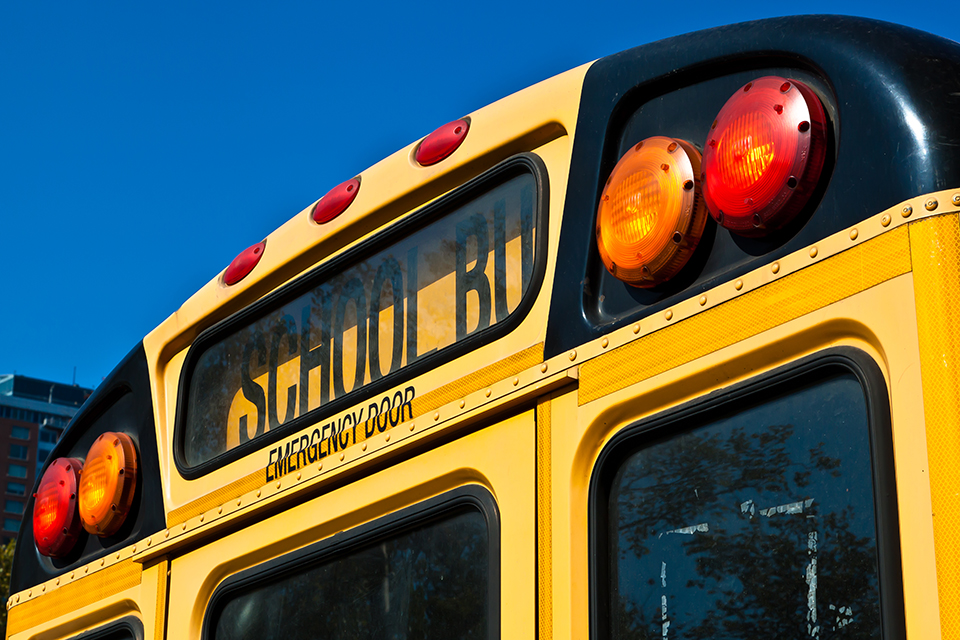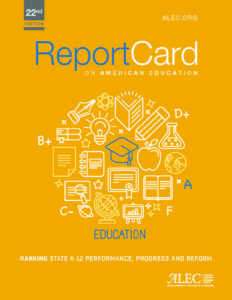
No, this is not the new normal: Robert Pondiscio
This is not the new normal.
“Remote learning” will not be the primary way most American children are educated for very long, certainly not any time soon. Neither have we transformed ourselves into a nation of homeschoolers or “unschoolers” any more than passengers thrown from a sinking ship into lifeboats can be said to have taken up rowing.
Kids will go back to brick-and-mortar schools — yes, even “government schools” — at the earliest possible moment. Most of them want to go. Their parents mostly want it even more strongly. The act of sending our kids every morning to a place called a school is a cultural habit formed over many generations. It persists because we value it, not for want of a better idea or a more efficient delivery mechanism for education. Except at the margins, such as the 4 percent or so of U.S. kids who were already being home-schooled, COVID-19 changes none of that. The old normal will be back, and in some places sooner than we think. So let’s think about what that will look like, and whether we will be ready.
Start with the obvious: To throw all or even most of our efforts into remote learning is “shoe bomber” planning, responding to the last attack instead of anticipating the next one. Twenty-one states have already closed schools for the remainder of the year. It is a fantasy to believe that we can stem the effects of months without real school by ginning up instructional capacity on the fly in unfamiliar forms in the midst of a public health crisis. By all means, distribute devices and attack the digital divide. Signal to apprehensive students and parents that education must go on, keep kids attached, and strive for normalcy. Schools that have found ways to continue high-value instruction deserve attention and praise. But let’s not gull ourselves into thinking this is some sort of durable solution. It’s an emergency response, nothing more.
To read the rest of this column at the Fordham Institute, please click here.



